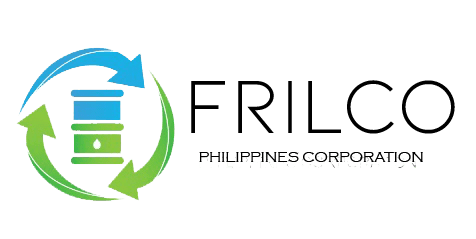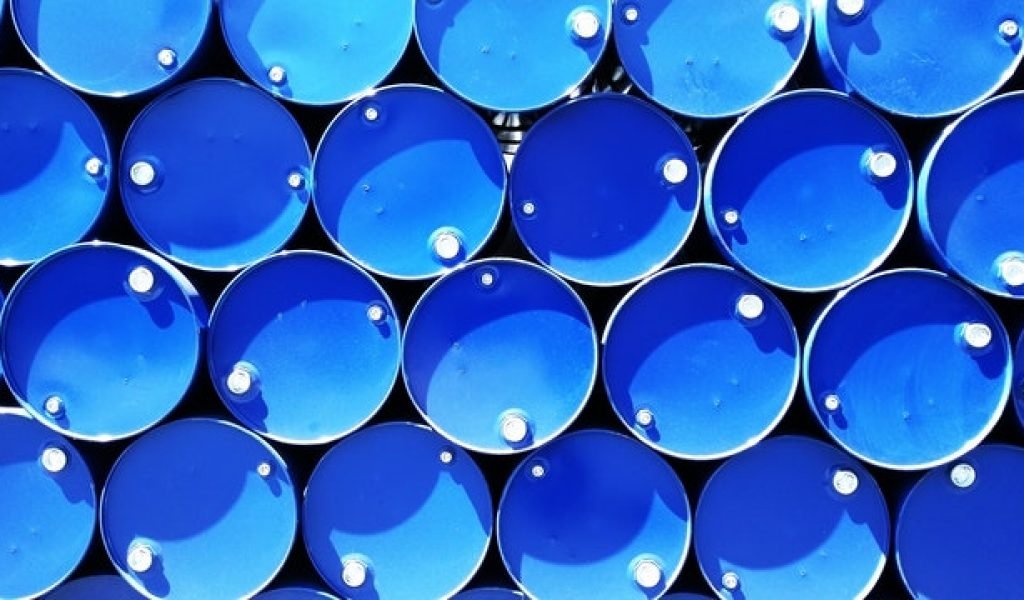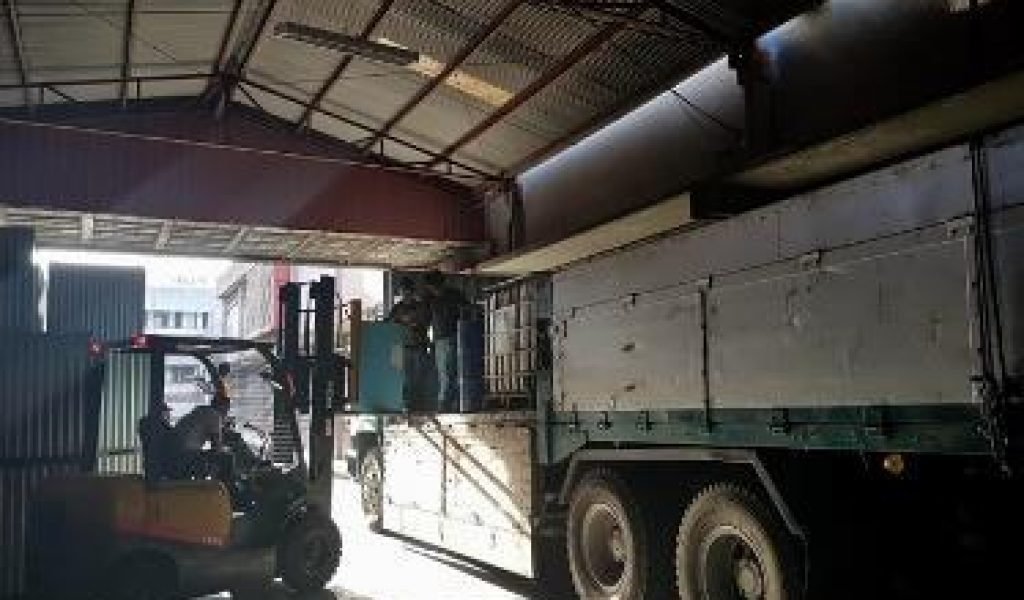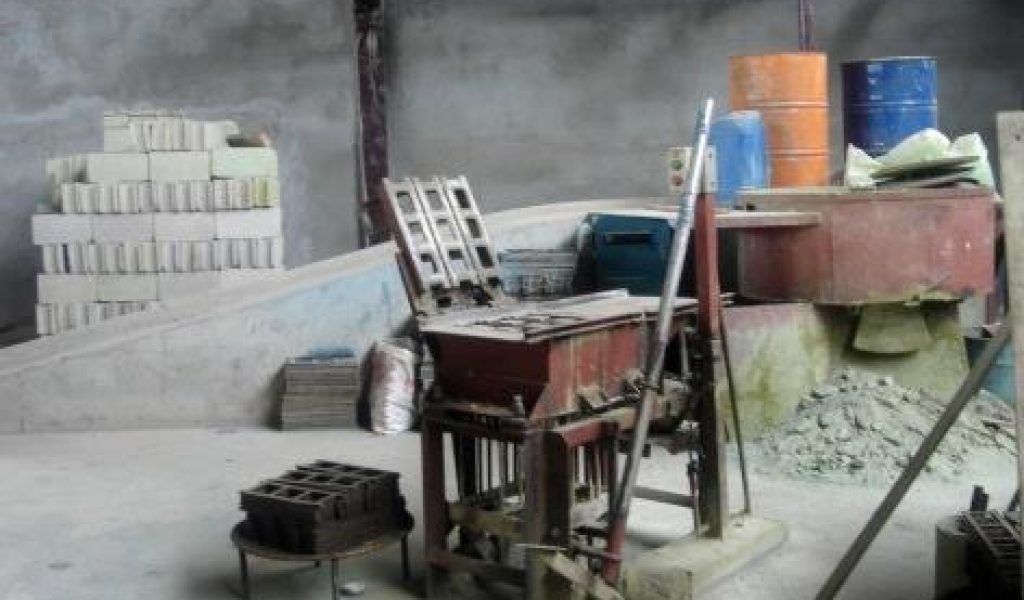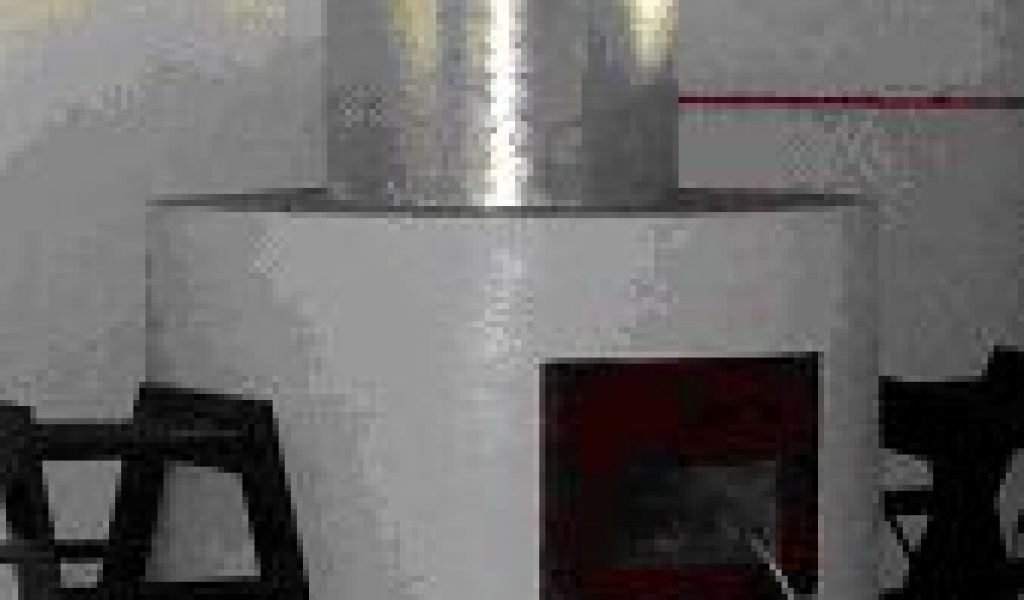Waste Oil Recycling
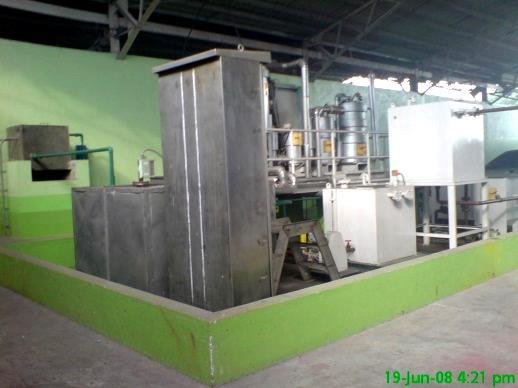
Used oil generated by various industries are
collected and stored in a series of collection
tanks.
Each Oil Collection tanks are equipped with a
motor pump which transferred the used oil in a
Header Tank, and then it flows by gravity in a
Hydroflo tank which separates the oil and water.
Separated oily water automatically goes in a
Buffer tank for further treatment while the
separated oil from the Hydroflo are transferred in
an Oil Treated tank then to the Oil Storage tank.
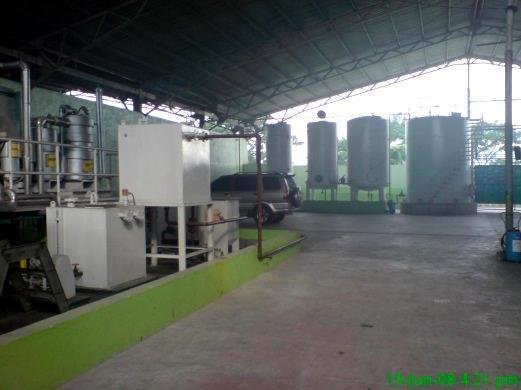
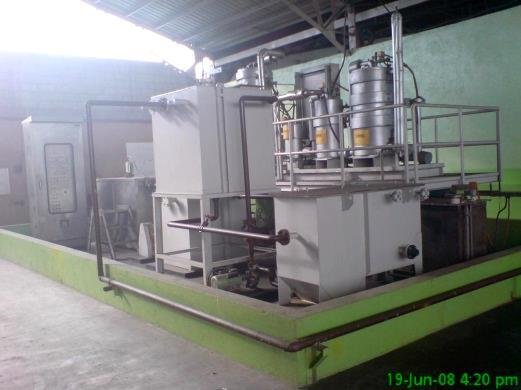
Oily water in the Buffer tank is heated to a
temperature of 70 deg. Centigrade then it is
pumped into a series of oily water separators
which consist of a series of filtration wherein
temperature is maintained at 70 deg. Centigrade.
Filtered oil is discharged in a sludge oil tank and
separated water is collected in a water pit and
pump in the Waste Water Treatment Facility.
All of the equipment are fully automatic and run
by means of electricity

Solvent Recovery Facility
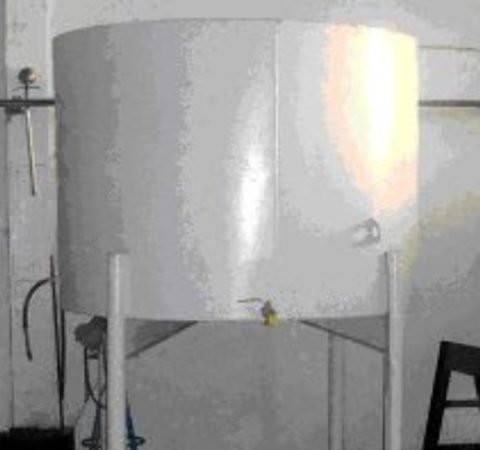

Used solvent generated by our treatment facility and by various industries are
collected and treated in the Solvent Recovery Facility.
Used solvents in drum containers are transferred to a Refinement Tank by means
of air pump. The Refinement Tanks are equipped with an air vent which allows the
liquid to evaporate when it expands due to changes in temperature.
The Solvent Recovery Facility uses the principle of distillation which allows the
recycling and then the re-use of solvents. Through the simple distillation process,
it separates the contaminants (resin, pigments, paints, oils, inks, etc.) from the
original solvent.
Encapsulation Process
Measured amount of each
processed solid waste are
withdrawn from the stockpile as
per mixture specification for
every batch of mixed cement,
dried hazardous waste, white
sand, FRILCO water proofing and
water. The aggregates are then
thoroughly mixed in cement
mixer.
DRYING – Waste are allowed to dry in the
drying bed. A concrete containment
is used to prevent it from seepage to
the ground.
CRUSHING/GRINDING – Measured amount
of dried waste are crushed until
reached to the desired size.
MIXING – Special type of sand, ash and
hardener are added to the waste as
binders for complete solidification.
CASTING – Mixed concrete are then molded
to form concrete hollow-blocks.
CONCRETE BLOCKS/SLABS – finally, cured
concrete blocks are exposed to
sunlight for further curing, ready for
TCLP testing and final disposal.
